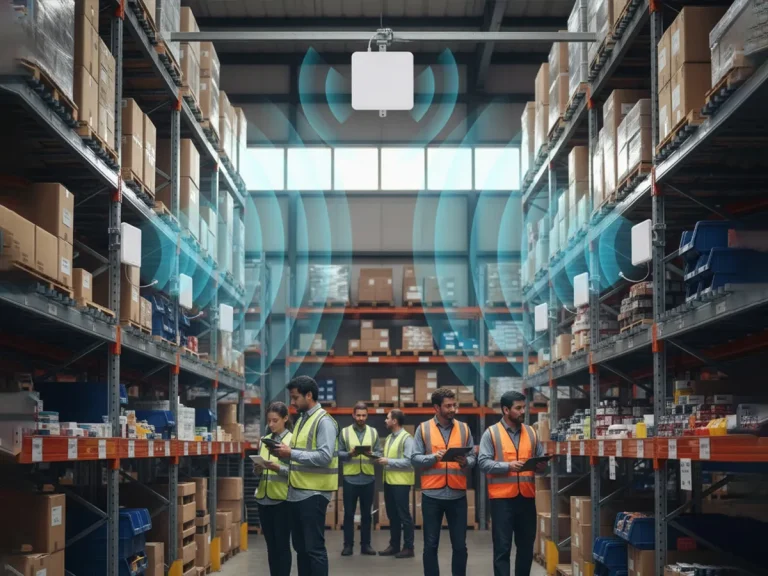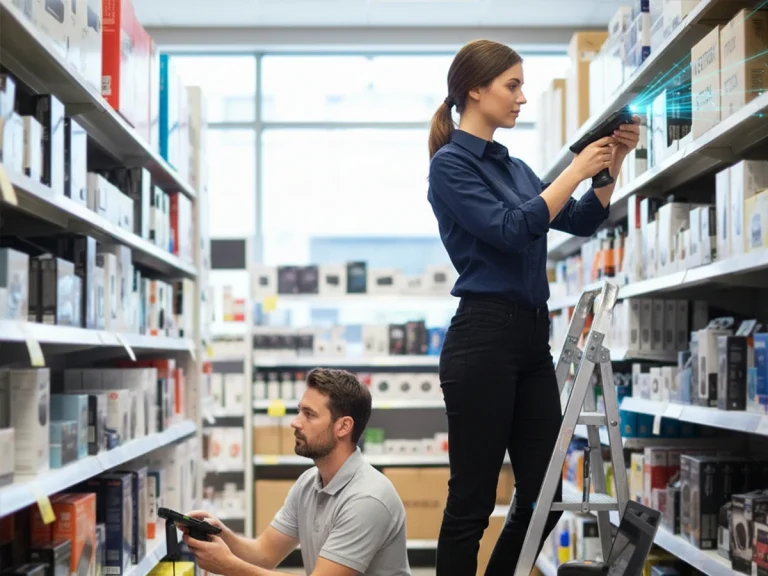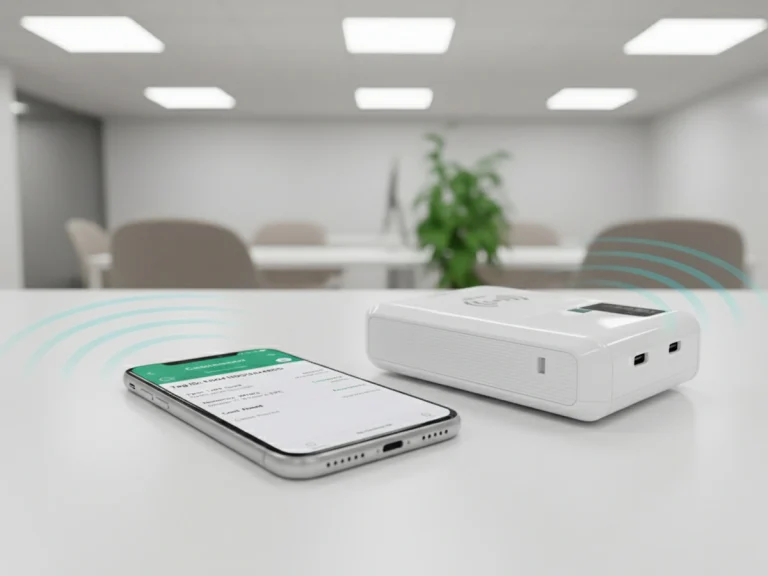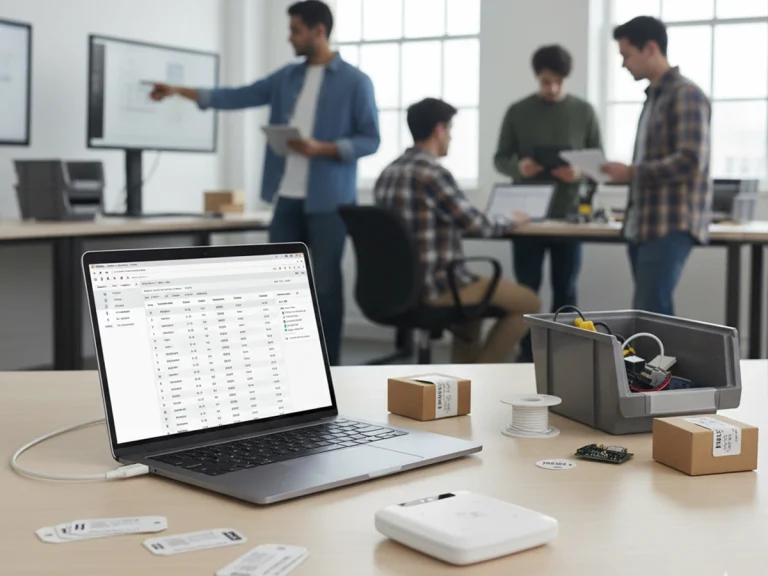
Industry Trends in Mobile RFID Inventory Solutions
Inventory management has always been a bit of a headache, especially in busy warehouses and retail stores. Spreadsheets and barcode scanners only go so far before errors start creeping in. Recently, more businesses have been switching to mobile RFID readers, which let staff scan items on the move instead of being tied to fixed stations. With a Mobile RFID Reader, inventory counts are faster, more accurate, and much less stressful.
With RFID Reader.io’s mobile readers, you can scan boxes, pallets, or even small items right at the point of use. It cuts down mistakes, saves time, and gives managers an almost real-time view of stock.
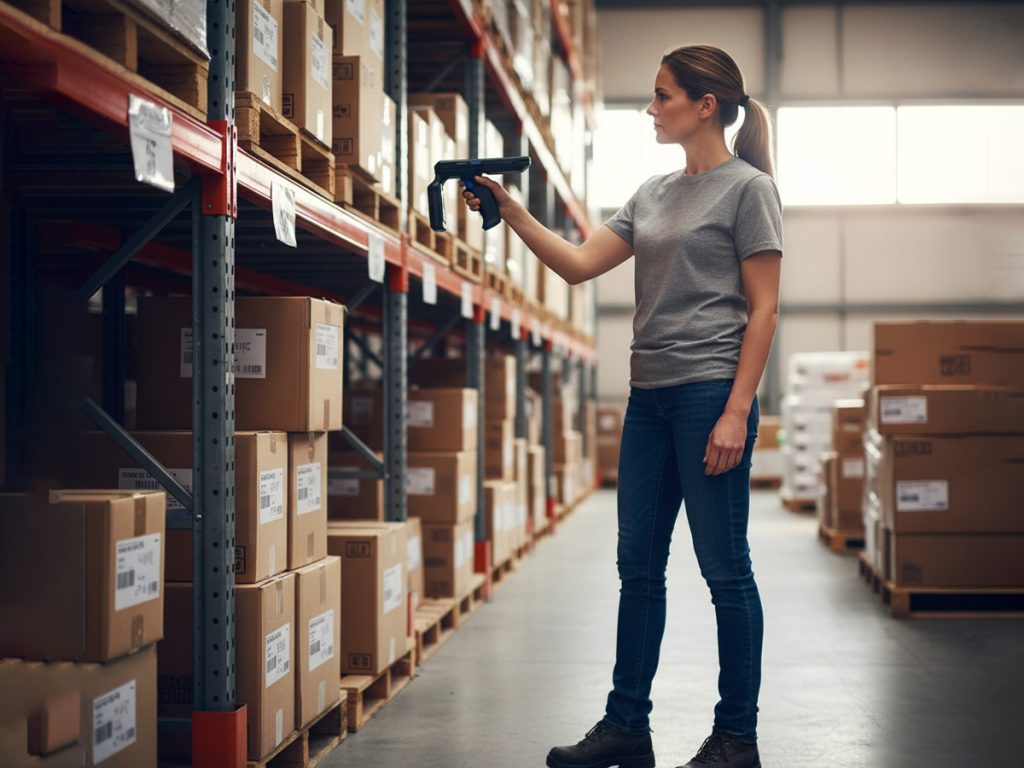
1. Mobile RFID in Action
Mobile RFID readers are becoming common everywhere—from small shops to large warehouses. What’s interesting is how people are actually using them:
- Quick checks of shelves or stockrooms without interrupting other operations
- Tracking high-value items or sensitive products without slowing things down
- Scanning returns or restocking directly on the floor
The big advantage? You’re not tied to one spot. Staff can walk through aisles and scan as they go.
2. Connecting to Systems
These days, mobile readers often plug straight into laptops or sync with cloud inventory systems. That means:
- Stock levels update as items are scanned
- Fewer mistakes because you don’t type numbers manually
- Quick reporting and insights for managers
If you’ve ever tried juggling paper forms, this feels like night and day. Multiple people can scan simultaneously, and the data all ends up in the same place.
3. Devices Are Getting Smaller and Smarter
One thing I’ve noticed is that these readers are lighter and easier to handle. Features that really make a difference:
- Comfortable to hold for hours
- Works with different types of RFID tags
- Decent battery life, so you’re not plugging in every couple of hours
RFID Reader.io has some good options here, made for warehouse floors, retail counters, or even labs.
4. Accuracy Has Improved
The new generation of readers reads tags much more reliably, even near tricky surfaces like metal shelves or liquid containers. You can scan a batch of items at once, and it’s usually spot on. No more walking back and forth just to check if the system picked everything up.
5. Analytics Is the Bonus
A lot of mobile RFID solutions now include basic reporting or integration with analytics platforms. You can see:
- Where items are moving
- Stock levels in real-time
- Any gaps or mistakes that need attention
It turns inventory from a chore into something you can actually act on quickly.
Conclusion
Overall, mobile RFID readers are becoming essential, not just a nice-to-have. They’re flexible, they reduce errors, and they make life a lot easier for anyone managing inventory. Starting with USB or handheld mobile readers from RFID Reader.io is a low-hassle way to test the waters, and you can scale up to full warehouse systems later if needed.
FAQ
1. What’s a mobile RFID reader?
A handheld device that reads RFID tags, usually on the warehouse floor or in a retail store.
2. Why is it better than a barcode scanner?
You can scan multiple items quickly without lining them up. It’s faster and less error-prone.
3. Can it connect to inventory software?
Yes, most integrate with spreadsheets, ERP, or cloud systems.
4. Can it be used in retail stores?
Definitely. Shelf checks, returns, and small stock audits work really well.
5. Does metal or liquid interfere with reading?
Advanced readers handle it much better than older devices.
6. How long does the battery last?
Typically a full work shift, 8–12 hours.
7. Can multiple people scan at once?
Yes, data syncs to a central system.
8. What’s trending next in mobile RFID?
Smaller, ergonomic devices, cloud integration, and better analytics are taking over.
Send Us An Email
Feel free to send us an email and we will reply to you as soon as possible.

